Learning history and cultures around the world from dance
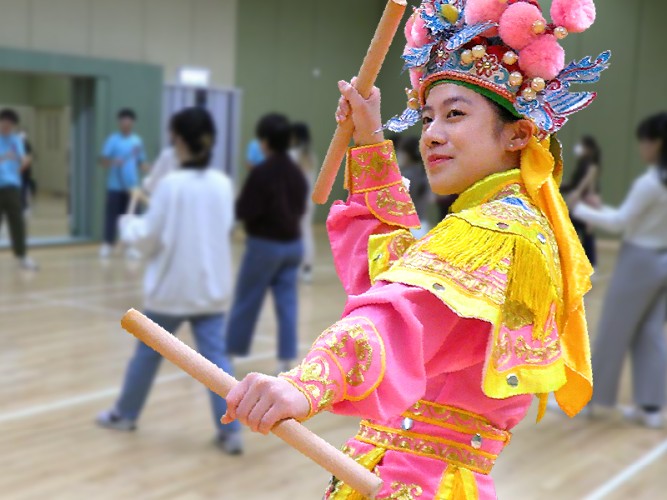
Dancing is not only a performing art, but also a channel to express emotions and learn about a culture and its history. Students who have taken The World of Cultural Dances in Hong Kong and Creative Movement and Dance, two core courses offered by the Wong Bing Lai Music and Performing Arts Unit, agree wholeheartedly.
“Just in Street Dance alone, there are many different styles. For traditional Classical Indian dance, it can be divided into eight categories, with unique features in the southern and northern districts,” said Associate Professor of Practice Catherine Yau. “Many people who think that dancing is just physical movement do not understand the background and history behind these movements. For example, what is the cultural background of street dancing? Why do dancers slide on the ground?” She explained that the slide in street dancing is actually inspired by skateboarding movements, and in the Argentine tango, the move where the woman probes the man's thigh with her leg comes from prostitutes trying to find out whether the man has much cash in the pockets.
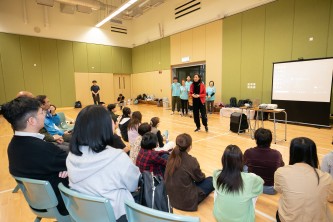
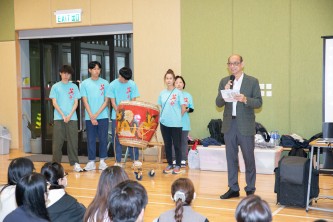
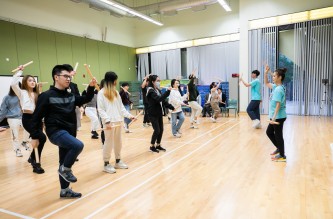
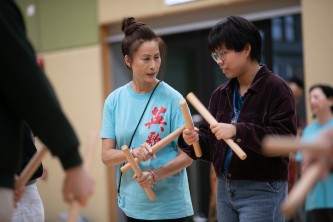
“The World of Cultural Dances in Hong Kong course has both theoretical and the dancing components, and for each session, Yau invites professionals to teach students the background and skills of the theme dance. On the day of our visit, an Engor association 香港元朗潮僑英歌總會 comes to Lingnan and demonstrates the traditional dance to students.
“The World of Cultural Dances in Hong Kong course has both theoretical and the dancing components, which give students a deeper understanding and appreciation of different dances and cultures,” Yau explained. As for the lectures’ design, students start by learning about North American dance, and then Argentinian, Romanian or Southeast European, Israeli, Indian, Chinese, and finally Hong Kong dances.
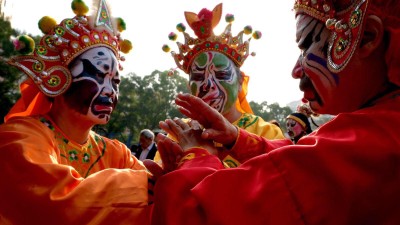
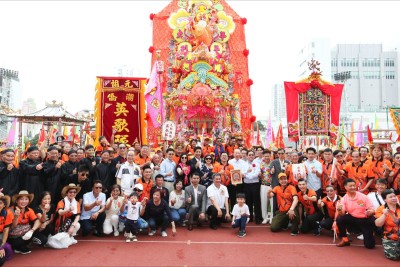
Photos courtesy of 香港元朗潮僑英歌總會有限公司
“Many Hong Kong people do not know that the Engor Dance (英歌), which originated in Chaozhou, has been officially listed in Hong Kong's first inventory of intangible cultural heritage,” Yau said.
The Engor Dance is performed by Chaozhou people all over China during festivals and prayer, when they impersonate the heroes of Liangshan and use Engor gods to drive away evil spirits. In the 1960s, many Chaozhou people who had migrated to Yuen Long got together to form an Engor team for their own entertainment, and ever since then they have performed in different places to promote this unique cultural art form.
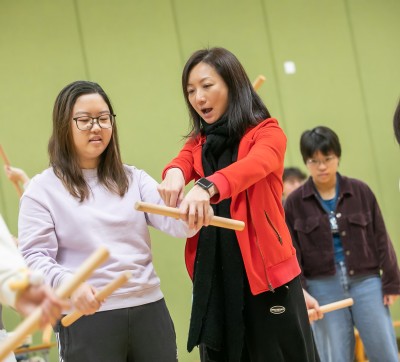
Catherine Yau is an experienced dance practitioner, focusing on dance education and dance writing.
As for the Creative Movement and Dance course, Yau said that it focuses more on students' creativity and how they use their bodies to express their emotions or thoughts. “My course is not about training dancers, nor does it require students to have a background in dance. The most important thing is to boost students' confidence and creativity through learning and practice - creativity is particularly important in today's society, especially in the workplace. For problem-solving and for breaking through self-imposed limitations, everything depends on creativity.”
“Through appreciating different arts and cultures, students can broaden their horizons and learn to respect others. This is exactly what Lingnan University advocates - a holistic liberal arts education,” Yau concluded.

